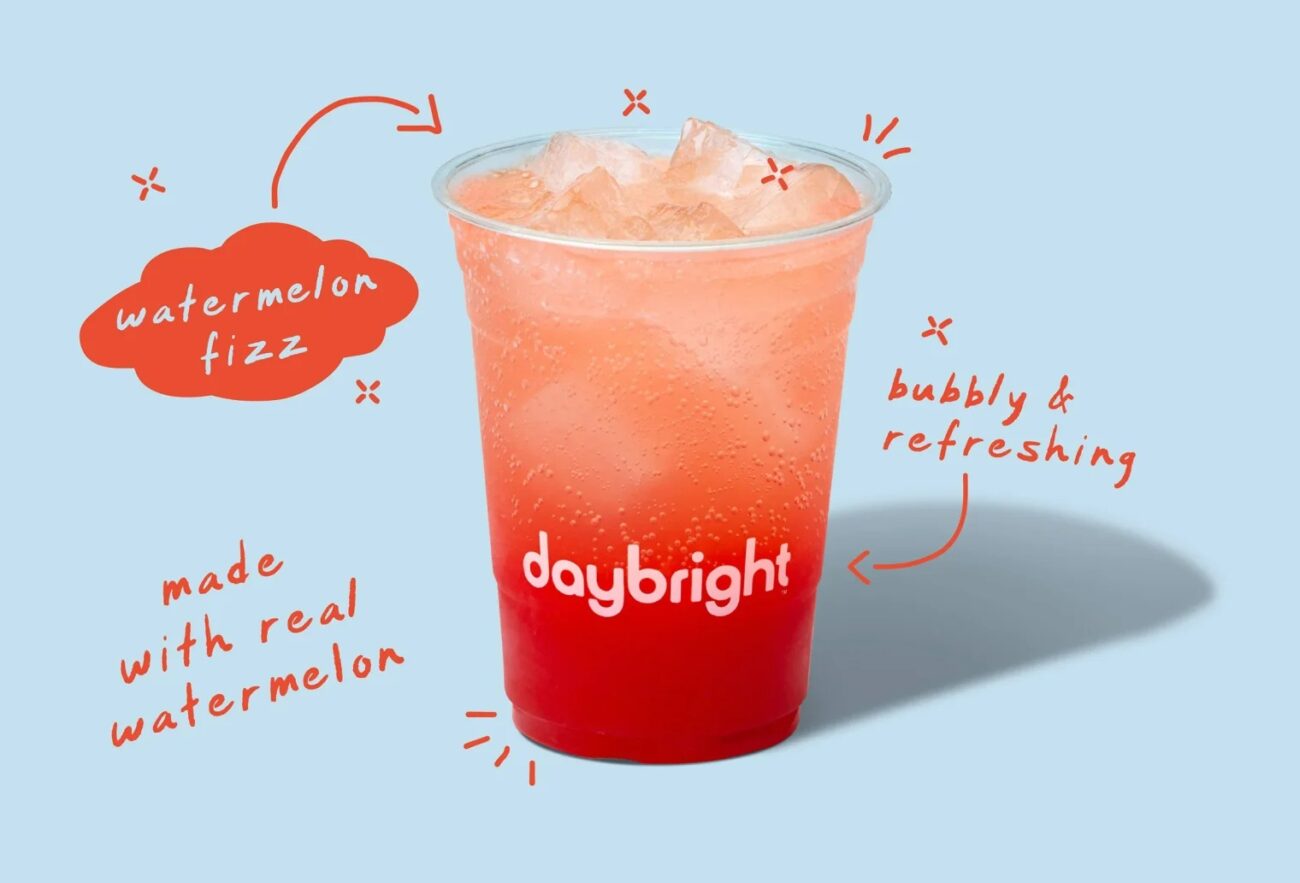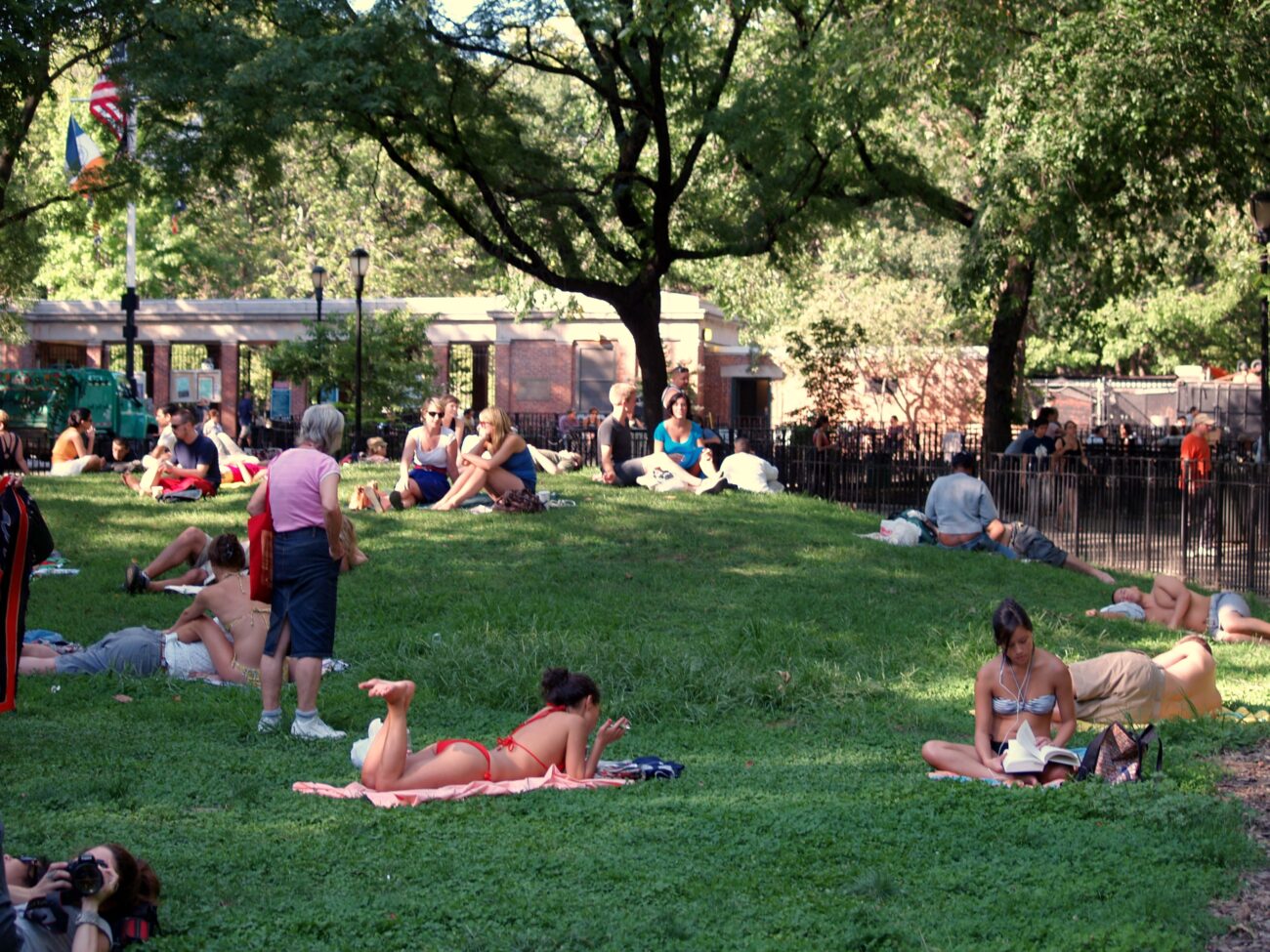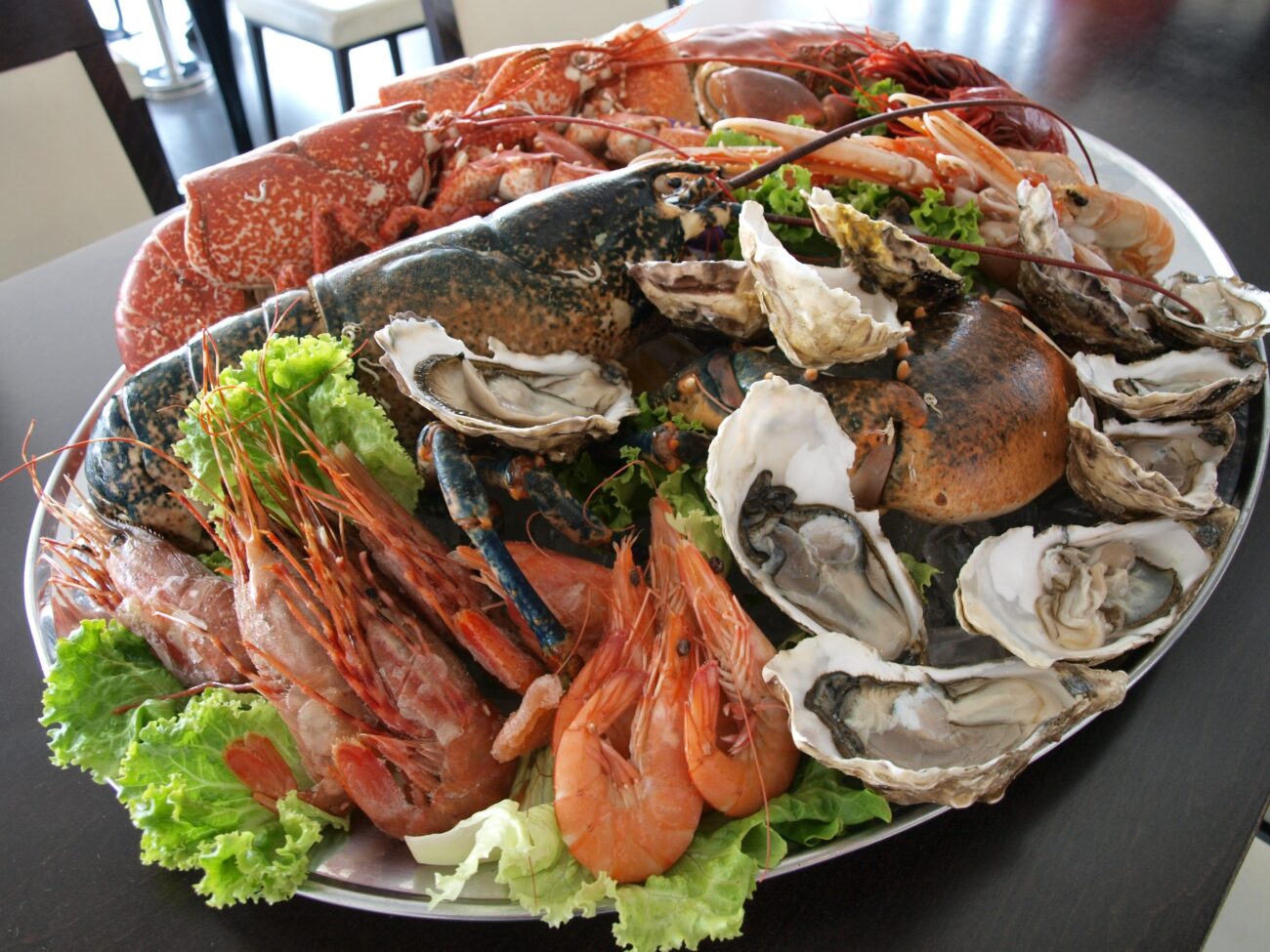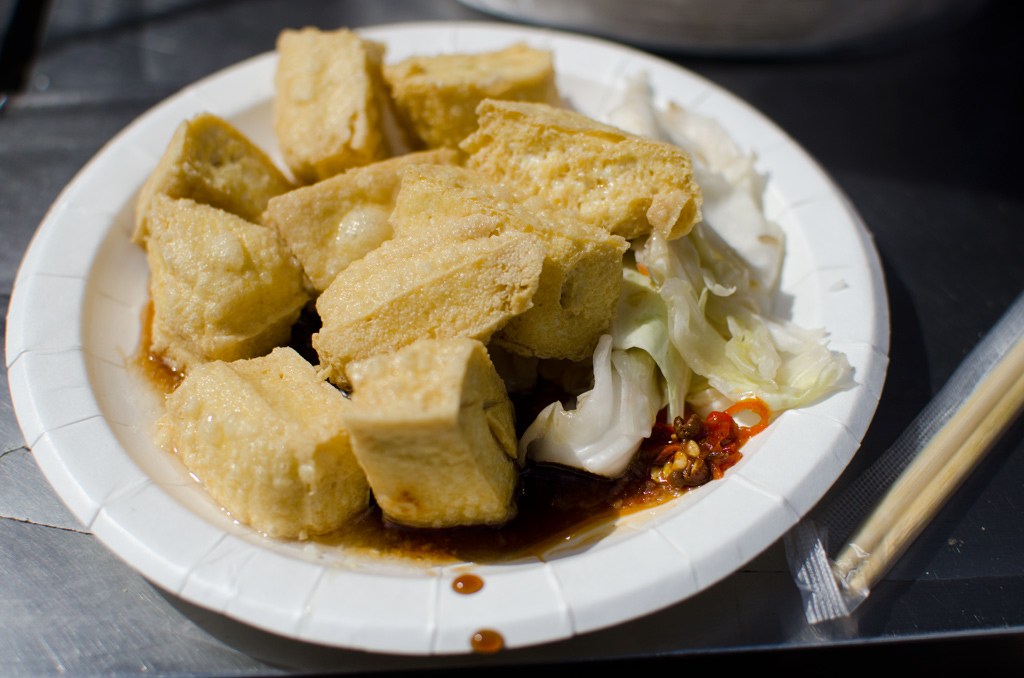Candlelit romance dies hard when you can’t read the specials board. Trendy restaurants have embraced darkness like it’s a design philosophy, forcing diners into awkward gymnastics with phone lights just to navigate a wine list. This isn’t ambiance—it’s basic functionality failure disguised as sophistication.
The epidemic spreads beyond occasional squinting. Diners with visual impairments face genuine barriers when restaurants prioritize mood over accessibility. While the Americans with Disabilities Act covers physical access requirements, lighting falls into regulatory gray areas that leave millions of guests literally in the dark.
When Atmosphere Becomes Obstacle
Restaurant owners and designers defend dimness as essential for intimacy and exclusivity. Yet even industry insiders acknowledge the problem. Whitney Walsh Cardozo of Chez Foushee admits some venues push darkness beyond customer comfort, while designer Erin Boone notes the constant “tweaking” required to balance mood with function.
The phone flashlight phenomenon exposes this design disconnect perfectly. When every table becomes a mini light show of glowing screens, the atmospheric effect restaurants chase gets destroyed anyway. Smart operators recognize this irony and adapt.
The accessibility failures create genuine barriers:
- Menu text becomes illegible for guests with vision limitations
- Unsafe navigation through dining rooms and to restrooms puts diners at risk
- Guests can’t appreciate food presentation and plating artistry in the shadows
- The exclusion of diners who rely on visual cues for comfortable dining means restaurants lose customers
- Staff safety issues in poorly lit service areas compound the problem beyond the dining room
Solutions That Actually Work
Forward-thinking establishments like Hemlock in Boise provide light-up magnifying cards for menu reading—a simple fix that preserves atmosphere while serving all guests. These adjustable lighting approaches represent industry evolution beyond the false choice between romance and functionality.
“Restaurants should provide layered lighting options and portable aids for guests who need them,” according to accessibility advocates. The best operators now routinely evaluate visibility from every seat, solicit diverse customer feedback, and train staff to assist with lighting requests discreetly.
Smart restaurants understand that truly sophisticated ambiance enhances the dining experience for everyone, not just those with perfect vision. The establishments getting this right prove you don’t sacrifice elegance by ensuring guests can actually see their food.
The solution isn’t blinding fluorescents—it’s thoughtful design that serves all diners equally.


















